-
Meta smart glasses—large language models and the future for assistive glasses for individuals with vision impairments
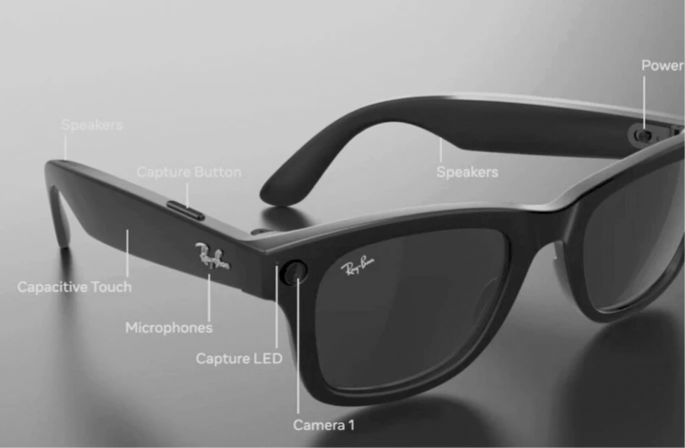
Introduction In late September 2023, Meta unveiled its second generation of smart glasses in collaboration with Ray-Ban [1]. These smart glasses come with several improvements, including enhanced audio and cameras, over and a lighter design. The glasses are equipped with an ultra-wide 12 megapixel camera and immersive audio recording capabilities, allowing users to capture moments…
-
Critical climate education is crucial for fast and just transformations
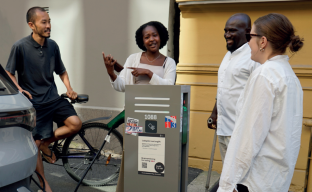
If rapid and just transformations to low-carbon societies are to take place, citizens need to obtain the necessary knowledge and skills to critically examine and choose adequate climate policy options. An emphasis on critical climate education research and implementation is therefore required. Climate mitigation is evolving too slowly compared with the pledges and ambitions to…
-
Stunning stem cells and Starlink trails — November’s best science images
Tasty experiment. Taste tests are conducted under orange lighting at the Wine Science Institute in Villenave-d’Ornon near Bordeaux in southwestern France. The lighting disguises each wine’s colour, so that tasters can be more objective. Here, an employee samples wine from the Bordeaux-producing Château La Tour Carnet estate, which has launched a study into the effects…
-
Meta smart glasses—large language models and the future for assistive glasses for individuals with vision impairments

Introduction In late September 2023, Meta unveiled its second generation of smart glasses in collaboration with Ray-Ban [1]. These smart glasses come with several improvements, including enhanced audio and cameras, over and a lighter design. The glasses are equipped with an ultra-wide 12 megapixel camera and immersive audio recording capabilities, allowing users to capture moments…
-
Analog monolayer SWCNTs-based memristive 2D structure for energy-efficient deep learning in spiking neural networks
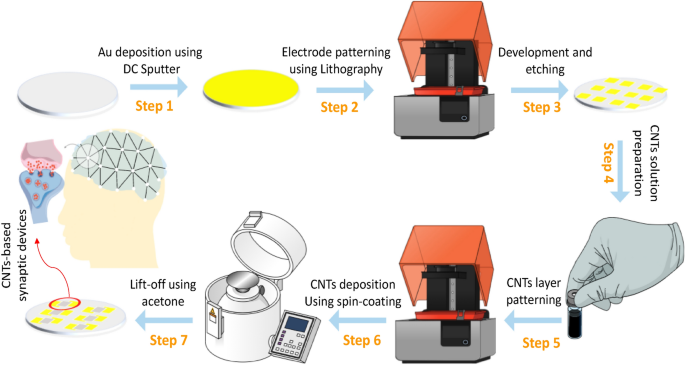
Abstract Advances in materials science and memory devices work in tandem for the evolution of Artificial Intelligence systems. Energy-efficient computation is the ultimate goal of emerging memristor technology, in which the storage and computation can be done in the same memory crossbar. In this work, an analog memristor device is fabricated utilizing the unique characteristics…
-
Nanofluidic qPCR unable to detect and serotype Streptococcus pneumoniae in urine samples of hospitalized South African patients with community-acquired pneumonia
Abstract Pneumonia is a major cause of death among adults living with HIV in South Africa, but the etiology of many cases remains unknown. This study evaluated the utility of a nanofluidic qPCR assay to detect and serotype Streptococcus pneumoniae in urine samples from patients hospitalized with community-acquired pneumonia (CAP). The nanofluidic qPCR assay was…
-
Why I launched Malaysia’s first scientific newspaper

Mahaletchumy Arujanan wants to make science more accessible to the general public.Credit: Mahaletchumy Arujanan In 2008, Mahaletchumy Arujanan graduated with a PhD in science communication from the University of Malaya in Kuala Lumpur. She was the first person in her country to get such a degree. Three years later, as executive director of the Malaysian…
-
Nanofluidic qPCR unable to detect and serotype Streptococcus pneumoniae in urine samples of hospitalized South African patients with community-acquired pneumonia
Abstract Pneumonia is a major cause of death among adults living with HIV in South Africa, but the etiology of many cases remains unknown. This study evaluated the utility of a nanofluidic qPCR assay to detect and serotype Streptococcus pneumoniae in urine samples from patients hospitalized with community-acquired pneumonia (CAP). The nanofluidic qPCR assay was…
-
Species identification of phlebotomine sandflies using deep learning and wing interferential pattern (WIP)
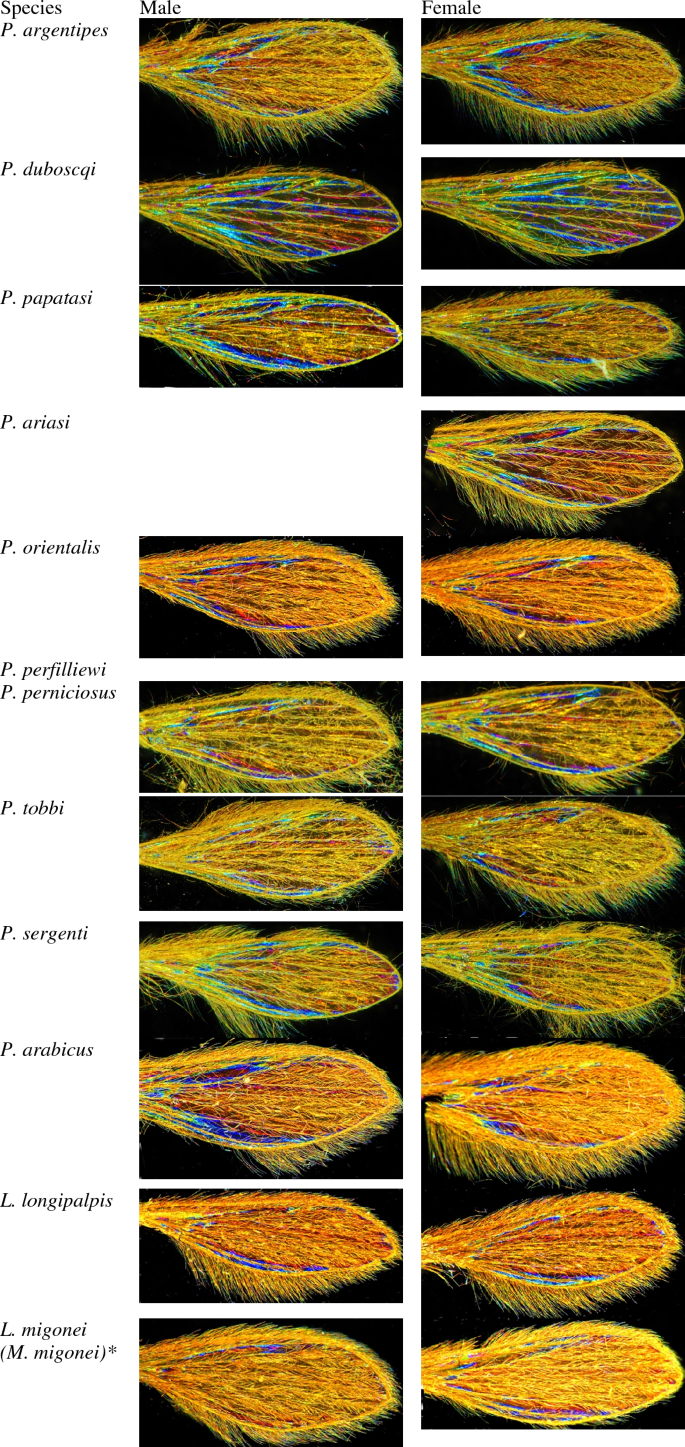
Abstract Sandflies (Diptera; Psychodidae) are medical and veterinary vectors that transmit diverse parasitic, viral, and bacterial pathogens. Their identification has always been challenging, particularly at the specific and sub-specific levels, because it relies on examining minute and mostly internal structures. Here, to circumvent such limitations, we have evaluated the accuracy and reliability of Wing Interferential…
-
Making sense of chemical space network shows signs of criticality
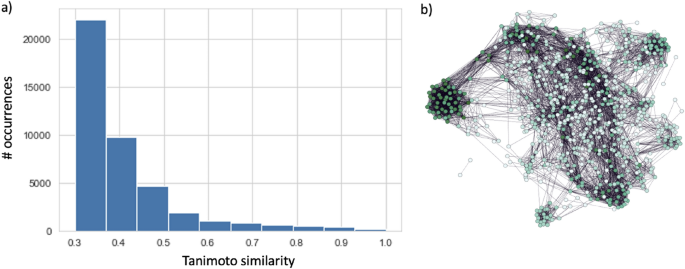
Abstract Chemical space modelling has great importance in unveiling and visualising latent information, which is critical in predictive toxicology related to drug discovery process. While the use of traditional molecular descriptors and fingerprints may suffer from the so-called curse of dimensionality, complex networks are devoid of the typical drawbacks of coordinate-based representations. Herein, we use…